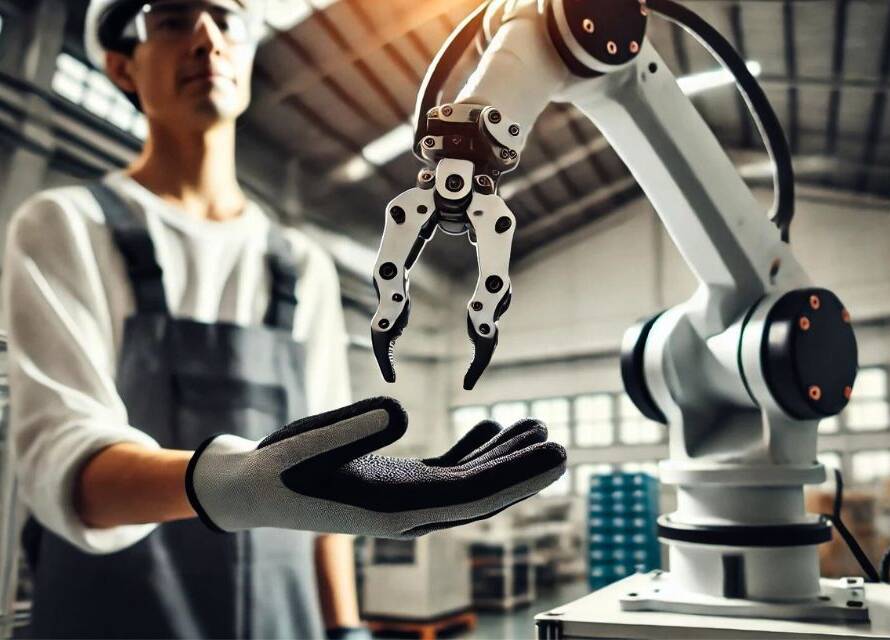From modular designs that enhance flexibility to AI-driven real-time analytics, innovations in conveyor systems are reshaping efficiency and adaptability in our industry. Let’s explore how these technologies are transforming material handling and what this means for the future of our operations.
Modular Designs: Flexibility for Rapid Adaptation
Recent advancements in conveyor systems are changing the manufacturing and logistics landscape through modular designs and decentralized control mechanisms. These systems offer the flexibility needed for quick reassembly to adapt to new production requirements. A study on changeable logistics systems introduced innovative algorithms for path planning and collision avoidance, enabling rapid responses to dynamic logistics demands. For instance, using a modified Rapid-exploring Random Tree (RRT) algorithm and sensor-based Artificial Potential Field (APF), the system can reconfigure itself to meet varying logistics needs. This flexibility can be especially valuable for manufacturers facing frequent changes in production requirements.
IoT Integration: Bringing Intelligence to Conveyor Systems
The Internet of Things (IoT) is further influencing conveyor systems. The digital twin framework, which aligns physical and virtual stations for optimized control, represents a significant improvement. Research into digital twin technology has explored how this approach can elevate traditional conveyor systems to an intelligent level, utilizing deep Q-networks for range-inspection control optimization. This integration enhances control and facilitates real-time data analytics, crucial for operational optimization. For instance, digital twin systems can predict maintenance needs and optimize conveyor speeds, significantly improving overall system efficiency.
Real-Time Analytics: Tackling Operational Challenges Head-On
As the most frequently used automatic equipment in logistics industrial parks, conveyor belts play a critical role in the efficient sorting of packages. Addressing operational challenges such as conveyor belt congestion is essential for maintaining efficiency. A study on computer vision-based methods for recognizing congestion on conveyor belts found that statistical approaches significantly improve detection accuracy, ensuring smooth operations without unnecessary delays. This method outperformed popular deep learning techniques in real-world package sorting scenarios, highlighting its practical application and effectiveness.
As a U.S.-based company with 30 years of experience, Source Machining Specialties specializes in helping U.S. manufacturers with their manufacturing needs in India. We’re so confident in our Indian production facilities that we invite you to a site audit at our expense. Discover more about our capabilities and services, and let’s start a conversation.



